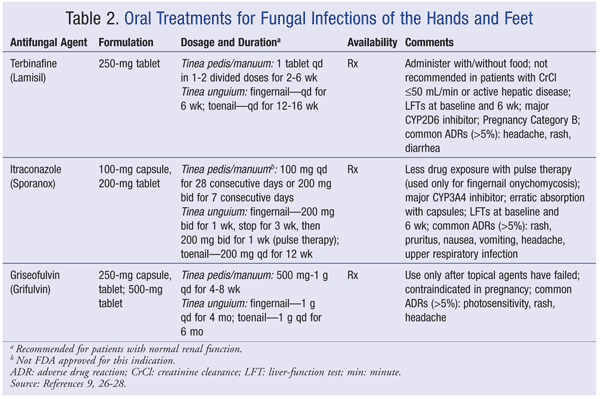Dosing pediatric regimens for the treatment of tinea capitis
In Asian culture, it's common to encounter various health issues, including tinea capitis, a fungal infection primarily affecting the scalp. Fortunately, effective treatment options are available, especially for pediatric regimens. Today, we will explore the dosing guidelines for pediatric regimens for the treatment of tinea capitis.
Dosing Pediatric Regimens for the Treatment of Tinea Capitis
When it comes to treating tinea capitis in children, one approach that has shown positive results is the use of antifungal medications. Itraconazole is one such medication that is commonly recommended by healthcare professionals.

For pediatric patients suffering from tinea capitis, itraconazole is typically administered in a pulse therapy format. This means that the medication is taken intermittently, usually on a weekly basis, rather than daily. This dosing regimen allows for better absorption and efficacy of the medication.
It is important to note that the exact dosage and duration of treatment may vary depending on the severity of the infection and the overall condition of the patient. Therefore, it is crucial to consult with a healthcare professional to determine the appropriate dosage for your child.
Treating Tinea Capitis with Itraconazole Pulse Therapy
Now, let's delve into the details of how itraconazole pulse therapy works in the treatment of tinea capitis:
- Step 1: Initial Dose
- Step 2: Pulse Dosing
- Step 3: Follow-Up
Recommended initial dose of itraconazole for pediatric patients is usually 100mg per day, taken for a duration of one week. This initial dose helps to kickstart the treatment process and curb the growth of the fungi causing tinea capitis.
Following the initial dose, itraconazole is then administered in a pulse therapy format. This involves taking the medication once per week for a total of three pulses. Each pulse consists of taking 100mg of itraconazole per day for three consecutive days.

It's crucial to adhere to the prescribed dosing schedule and complete all three pulses of itraconazole to ensure the complete eradication of the fungal infection.
After completing the three pulses of itraconazole, a follow-up visit with a healthcare professional is essential to assess the effectiveness of the treatment. Additional medication or a different approach may be recommended if needed.
It is important to note that this treatment regimen should always be carried out under the guidance of a healthcare professional. They will consider various factors such as the age and weight of the child, any underlying medical conditions, and potential drug interactions before prescribing itraconazole.
Caring for your child's scalp during and after treatment is also vital. Regularly washing their scalp with a mild, antifungal shampoo can help prevent further spread of the fungal infection and promote a healthy scalp environment.
Remember, tinea capitis can be effectively treated with proper medication and consistent follow-up care. If you suspect your child may have tinea capitis, consult with a healthcare professional to determine the best treatment plan for your little one.